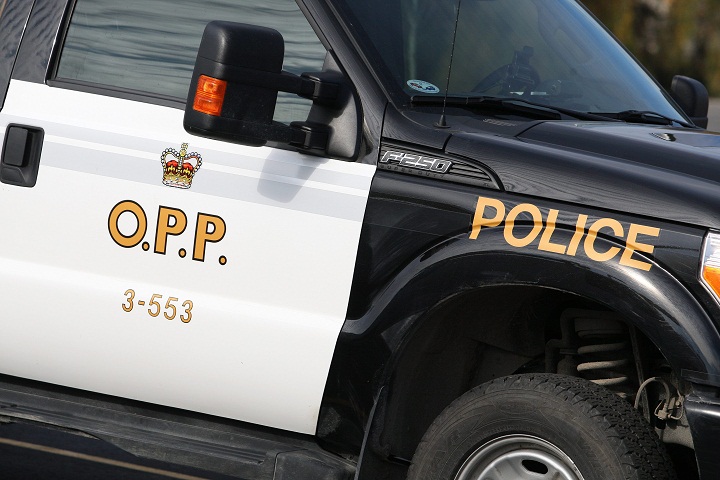TORONTO – A call to police related to a serious mental health disorder deserves an effective response, but the reasons police officers take people to hospital may be putting time and resources at stake.

That’s the finding of a pilot project that tested a new form rolled out by Ontario Provincial Police Thursday.
“Our officers aren’t trained to be able to recognize the signs and symptoms of mental health illness because we just don’t have that expertise,” said OPP Commissioner J.V.N. (Vince) Hawkes.
It’s called the Brief Mental Health Screener (BMHS) and it was evaluated through a seven-month pilot project in Wellington County and the city of Guelph that started in May 2011.
The screener isn’t like a survey: It will list items such as “presence of hallucinations” and allow the officer to write down examples, duration, and record details from the person in question as well as any family or others at the scene of the call.
“So it’s not a fixed survey questionnaire-style,” said Dr. John Hirdes, chair of the interRAI Network of Excellence in Mental Health and professor at University of Waterloo’s School of Public Health and Health Systems.
“It lets the officer use his or her observational skills and then record the information in a standardized way.”
This means should the person need to be taken into medical care, the psychiatrists can better understand what the police officer saw, communicating in a “common language,” said Hirdes.
The pilot project found that in mental health-related calls, police officers focus on dangerousness and public safety, while mental health clinicians focus on indicators of disordered thought—a disconnect that may be responsible for an inefficient use of police resources and emergency room staff.
Ideally, using the form will decrease the mean time of over three hours devoted to calls involving a person with a serious mental disorder (recorded in the pilot project), as well as just over three hours police typically spend waiting in the emergency department should the incident end in a trip to hospital.
“I can anecdotally tell you in my day that I’ve had entire shifts spent at the hospital waiting to have somebody seen by a doctor in the past,” said Hawkes. He’s confident the form will let police measure how much time and money are saved (if any).
“The form—because of the way it’s devised—we’ll be able to tell: We’ve spent x amount of resources, x amount of hours in dealing with these situations,” said Hawkes, who emphasized data would be kept anonymously.
- ‘Shock and disbelief’ after Manitoba school trustee’s Indigenous comments
- ‘Super lice’ are becoming more resistant to chemical shampoos. What to use instead
- Is home ownership only for the rich now? 80% say yes in new poll
- Invasive strep: ‘Don’t wait’ to seek care, N.S. woman warns on long road to recovery
Announced three days after Toronto police announced the expansion of a Mobile Crisis Intervention Team (MCIT) program—which pairs mental health nurses with police officers—the form is based on a standard form the Ontario Ministry of Health uses with patients admitted to Ontario hospitals for inpatient psychiatric care.
According to a description from collaborator University of Waterloo, a person who’s considered hurting themselves in the past 30 days or a family concerned that self-injury was a risk were among the most common reasons police took people to hospital in the pilot project. Psychotic symptoms were not a significant factor when police took people to the emergency room.
However, hospital admittance was mostly associated with “disordered thinking” indicators like abnormal thought process, delusions and hallucinations.
“The reasons why police officers take persons to hospital were not the same as the reasons why persons are subsequently admitted. This suggests the criminal justice, health and mental health systems are not synchronized,” said an explainer of the screener from developer Ron Hoffman.
Dr. Hirdes said Hoffman’s findings suggest the form will help fix the disconnect.
“As time goes by, this’ll help police officers to better understand who the right people are to bring to hospital settings, who might be the right person to bring to a detox setting- and who might be the right person to refer to a community mental health agency.”



Comments